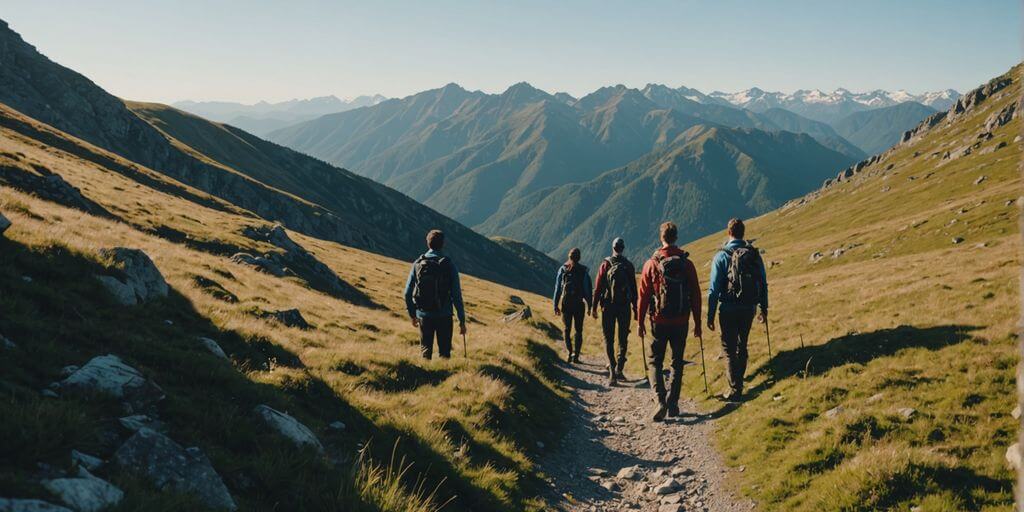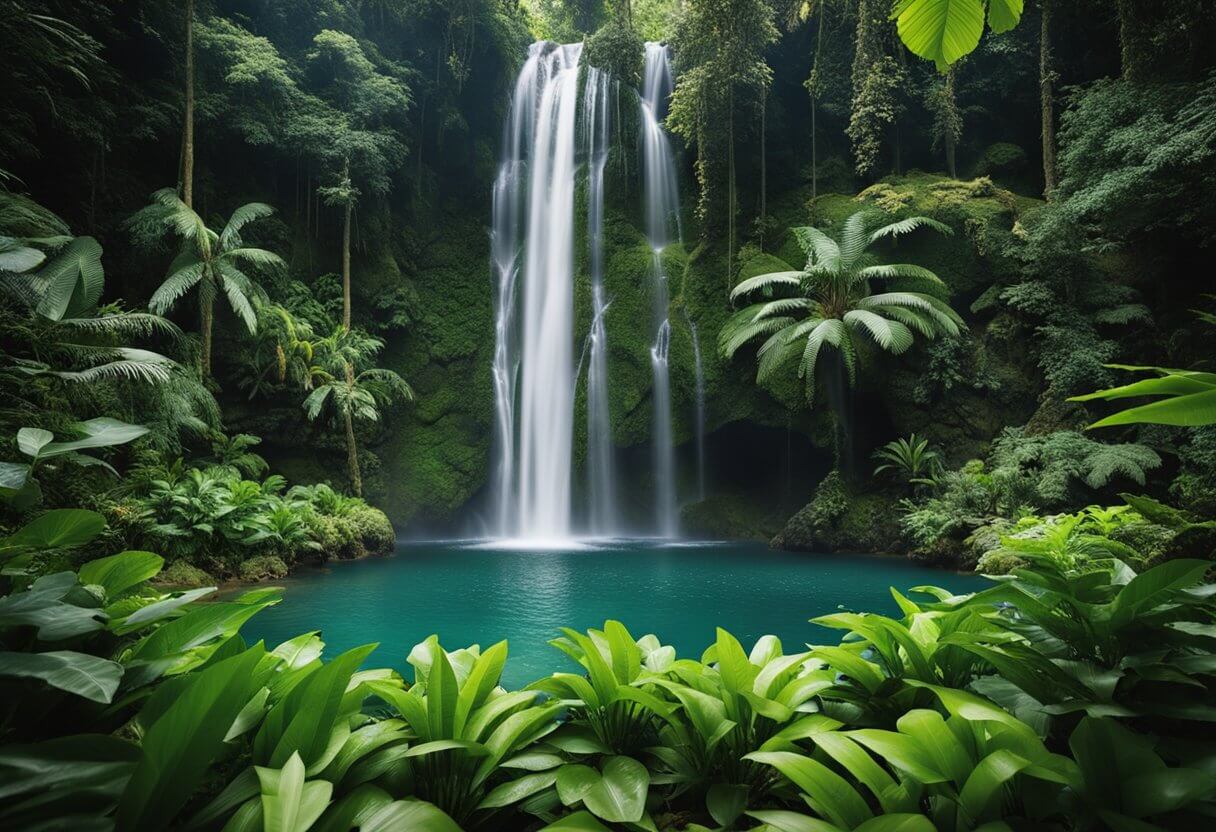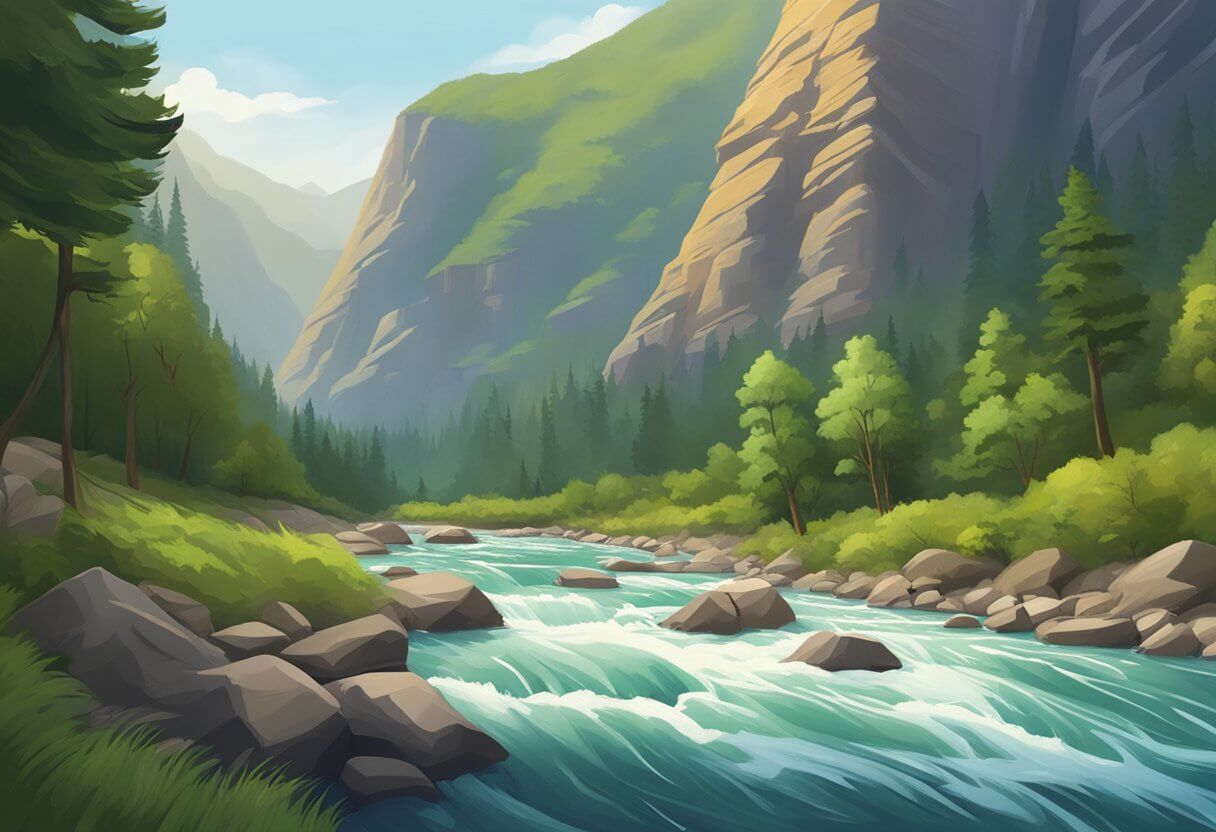Unforgettable Adventures: Trails and Hikes for Nature Lovers
If you love nature and enjoy hiking, there are countless trails that offer unforgettable adventures. Whether you’re looking for a peaceful walk in the woods or a challenging mountain climb, there’s a trail for everyone. This article explores some of the best hiking trails, from famous routes like the Pacific Crest Trail to hidden gems that few know about. Get ready to lace up your boots and discover the beauty of nature on these incredible hikes.
Key Takeaways
- The Pacific Crest Trail offers stunning views and is best hiked in late spring or early fall.
- The Appalachian Trail is rich in history and has many scenic sections that are a must-see.
- The Continental Divide Trail provides a challenging yet rewarding experience with diverse wildlife encounters.
- Lesser-known trails can offer unique experiences and are often less crowded.
- Coastal trails provide beautiful ocean views and are best visited during the warmer months.
Exploring the Pacific Crest Trail
Highlights of the Trail
The Pacific Crest Trail (PCT) stretches an incredible 2,650 miles through some of the most beautiful parts of the American West. It cuts through California, Oregon, and Washington, showing off amazing views, lush forests, alpine meadows, and towering mountains. From the Sierra Nevada’s high peaks to the Cascade Range’s volcanic landscapes, the PCT offers a bit of everything.
Best Times to Hike
Timing your hike on the PCT is super important. Most hikers aim for late spring to early fall. This is when the weather is more predictable, and the snow has melted in the higher sections. Here’s a quick look at the best times:
| Section | Best Time |
| Southern California | April to May |
| Sierra Nevada | June to July |
| Northern California | July to August |
| Oregon and Washington | August to September |
Preparation Tips
Getting ready for the PCT takes some planning. Here are a few tips to help you out:
- Gear Up: Make sure you have the right gear, including a good backpack, sturdy hiking boots, and a reliable tent.
- Physical Fitness: Start training months before your hike. Long walks, runs, and strength training can help.
- Permits: Don’t forget to get the necessary permits. You’ll need a PCT long-distance permit if you’re hiking more than 500 miles.
- Resupply Points: Plan your resupply points ahead of time. Know where you can get food and other essentials along the trail.
The Pacific Crest Trail is not just a hike; it’s an adventure of a lifetime. With the right preparation, you’ll create memories that last forever.
The Wonders of the Appalachian Trail
Historical Significance
The Appalachian Trail, stretching over 2,190 miles from Georgia to Maine, is the oldest long-distance hiking trail in the United States. It winds through 14 states, offering hikers a journey through lush forests, quaint rural towns, and historical landmarks. This trail is a living museum of American history, with many sections following paths used by Native Americans and early settlers.
Scenic Sections
The trail is divided into various sections, each with its own unique beauty. Some of the most scenic parts include:
- Smoky Mountains: Dense forests and misty peaks.
- Shenandoah National Park: Rolling hills and abundant wildlife.
- White Mountains: Rugged terrain and breathtaking views.
Essential Gear
Hiking the Appalachian Trail requires some essential gear to ensure a safe and enjoyable journey. Here’s a quick list:
- Sturdy Hiking Boots: For the varied terrain.
- Backpack: Large enough to carry all your essentials.
- Navigation Tools: Map, compass, or GPS.
- First Aid Kit: For emergencies.
- Water Filtration System: Clean drinking water is a must.
Remember, preparation is key to enjoying your hike on the Appalachian Trail. Make sure you’re well-equipped and ready for the adventure of a lifetime!
Discovering the Continental Divide Trail
The Continental Divide Trail (CDT) is a legendary trek that stretches about 3,100 miles from the Mexican border to Canada. This trail takes you through five states: New Mexico, Colorado, Wyoming, Idaho, and Montana. It’s a true test of endurance and spirit. Along the way, you’ll see the rugged beauty of the Rocky Mountains and the wide-open spaces of the Great Basin.
Hiking the CDT is no small feat. The trail’s length and varied terrain make it one of the most challenging hikes in North America. But the rewards are worth it. You’ll experience breathtaking views, from the peaks of the Rocky Mountain National Park to the snow-capped summit of Mount Rainier. The sense of accomplishment you’ll feel at the end is unmatched.
One of the highlights of the CDT is the chance to see wildlife in their natural habitats. You might spot elk, deer, and even bears along the way. The trail also takes you through several national parks, where you can immerse yourself in nature and enjoy the pristine wilderness.
The Continental Divide Trail offers an unparalleled journey for those seeking a deep connection with nature. Lace up your boots and get ready for an adventure of a lifetime.
Hidden Gems: Lesser-Known Trails
Underrated Trails to Explore
Sometimes, the best adventures are found off the beaten path. These lesser-known trails offer stunning views and unique experiences without the crowds. Discovering these hidden gems can make your hiking experience truly special. Here are a few underrated trails to consider:
- Ridge Trail: A serene path with breathtaking mountain views.
- South Kaibab Trail: Located in the Grand Canyon, this trail offers spectacular vistas.
- Mountain Trail: Perfect for those seeking a peaceful hike away from the hustle and bustle.
Local Insights
Getting tips from locals can enhance your hiking adventure. They often know the best times to visit, hidden spots, and safety tips. Don’t hesitate to ask for advice at local shops or visitor centers. Here are some insights you might find useful:
- Best Times to Hike: Early mornings or late afternoons to avoid the heat and crowds.
- Hidden Spots: Look for secluded viewpoints or quiet picnic areas.
- Safety Tips: Always carry a map, plenty of water, and let someone know your hiking plans.
Safety Considerations
Safety should always be a priority when exploring lesser-known trails. Here are some essential safety tips to keep in mind:
- Plan Ahead: Research the trail and check weather conditions.
- Pack Essentials: Bring a first aid kit, extra food, and a flashlight.
- Stay on Marked Paths: It’s easy to get lost on unfamiliar trails.
- Inform Someone: Let a friend or family member know your plans.
Exploring hidden trails can be an unforgettable adventure, but always prioritize safety to ensure a fun and memorable experience.
Coastal Treks for Ocean Lovers
Top Coastal Trails
If you love the ocean, these coastal trails are perfect for you. The California Coastal Trail in the United States stretches for 1,900 kilometers along the coast, offering stunning views of the ocean and cliffs. Another great option is the Great Ocean Walk in Australia, where you can see beautiful beaches and unique wildlife.
Marine Life and Scenery
Coastal hikes are not just about the views; they also offer a chance to see amazing marine life. On the California Coastal Trail, you might spot humpback whales or sea lions. The Great Ocean Walk in Australia is another excellent spot for seeing diverse marine creatures.
Best Seasons to Visit
The best time to go on a coastal hike depends on the location. For the California Coastal Trail, spring and fall are ideal because the weather is mild. In Australia, the best time for the Great Ocean Walk is during the cooler months from April to October. Always check the weather before you go to ensure a safe and enjoyable hike.
Mountain Adventures for Thrill Seekers
High-Altitude Trails
These mountain hikes offer memorable experiences for adventurers of all levels. Whether you’re a seasoned hiker or an enthusiastic beginner, there’s a trail waiting for you. Choose your path carefully and prepare to experience unforgettable moments in the heart of nature.
Preparation and Safety
Before you hit the high-altitude trails, make sure you’re well-prepared. Here are some tips to keep in mind:
- Check the weather: Mountain weather can change quickly, so always check the forecast before you go.
- Pack the essentials: Bring plenty of water, snacks, a map, and a first-aid kit.
- Dress in layers: Temperatures can vary greatly, so wear layers that you can add or remove as needed.
- Know your limits: High-altitude hiking can be challenging, so listen to your body and take breaks when needed.
Must-See Peaks
If you are looking for mountain trails that combine physical challenge and magnificent scenery, here are some must-dos:
- Mount Whitney, California: The highest peak in the contiguous United States offers stunning views and a challenging hike.
- Longs Peak, Colorado: A favorite among experienced hikers, this trail offers breathtaking scenery and a tough climb.
- Mount Rainier, Washington: Known for its glaciers and wildflower meadows, this peak is a must-see for any mountain lover.
Hiking in high mountains is an unforgettable experience for nature and adventure lovers. Whether in the Rockies or other famous ranges, each massif offers treasures to discover.
Family-Friendly Hiking Trails
Trails for All Ages
Exploring nature with the family can be a blast, and there are plenty of trails that cater to all ages. Whether you have toddlers or teens, there’s a path out there for everyone. Some trails are even stroller-friendly, making it easy for parents with young kids. Great Smoky Mountains National Park is a fantastic place to start, offering a variety of trails that are both scenic and accessible.
Educational Opportunities
Hiking isn’t just about exercise; it’s also a great way to learn. Many family-friendly trails have educational signs that teach you about the local flora and fauna. Some parks even offer guided tours where a ranger will share cool facts about the area. It’s a fun way to make learning come alive for kids.
Packing Essentials
When hiking with the family, packing the right gear is crucial. Here’s a quick checklist to make sure you have everything you need:
- Water bottles for everyone
- Snacks like granola bars and fruit
- Sunscreen and hats
- A basic first-aid kit
- Comfortable walking shoes
- A map of the trail
Remember, the goal is to have fun and make memories. So take your time, enjoy the scenery, and don’t forget to take lots of pictures!
Urban Trails: Nature in the City
City Parks and Greenways
Urban trails offer a unique way to experience nature without leaving the city. Many cities have parks and greenways that provide a quick escape from the hustle and bustle. For example, Austin’s Bull Creek District Park is a local favorite with a 2.9-mile trail perfect for a relaxing hike. During the rainy months, the park’s waterfalls and natural water slides are a must-see!
Benefits of Urban Hiking
Hiking in the city has its perks. You get to enjoy nature while still being close to home. Plus, it’s a great way to stay fit and explore new parts of your city. Here are some benefits:
- Easy access to trails
- No need for extensive planning
- Great for quick, spontaneous outings
- Perfect for all fitness levels
Top Urban Trails
If you’re looking for some top-notch urban trails, here are a few to consider:
- Portland, Oregon: Known for its stunning natural beauty, Portland offers endless opportunities for outdoor recreation.
- Austin, Texas: With its outdoorsy attitude, Austin has plenty of green spaces like Bull Creek District Park.
- Salt Lake City, Utah: Try the Bonneville Shoreline Trail or The Living Room Trail for a trek close to downtown.
Urban trails are perfect for those who want to enjoy nature without the need for a long drive or extensive planning. Just lace up your boots and hit the trail!
Conclusion
In the end, these trails offer more than just a walk in the woods. They provide a chance to see some of the most beautiful places on Earth and to feel a deep connection with nature. Whether you’re looking for peace, excitement, or a bit of both, these hikes have something special for everyone. Always remember to plan ahead and stay safe. Happy hiking!
Frequently Asked Questions
What should I pack for a long hike?
For a long hike, you should pack essentials like water, snacks, a first-aid kit, a map, a compass, sunscreen, a hat, a flashlight, and extra clothing. Don’t forget sturdy hiking boots and a fully charged phone.
When is the best time to hike the Pacific Crest Trail?
The best time to hike the Pacific Crest Trail is from late April to early September. This period usually offers the best weather conditions.
Are there any family-friendly trails in the mountains?
Yes, there are many family-friendly trails in the mountains. These trails are usually shorter and have less elevation gain, making them suitable for all ages.
How can I stay safe while hiking alone?
To stay safe while hiking alone, always let someone know your plans, carry a map and compass, stay on marked trails, and bring enough supplies. It’s also a good idea to carry a whistle and a fully charged phone.
What kind of wildlife might I encounter on the Continental Divide Trail?
On the Continental Divide Trail, you might encounter wildlife such as deer, elk, bears, mountain lions, and various birds. Always keep a safe distance and never feed the animals.
What are some benefits of urban hiking?
Urban hiking offers benefits like easy access to trails, the opportunity to explore city parks and greenways, and the chance to enjoy nature without leaving the city. It’s also a great way to stay fit and reduce stress.














Publicar comentário